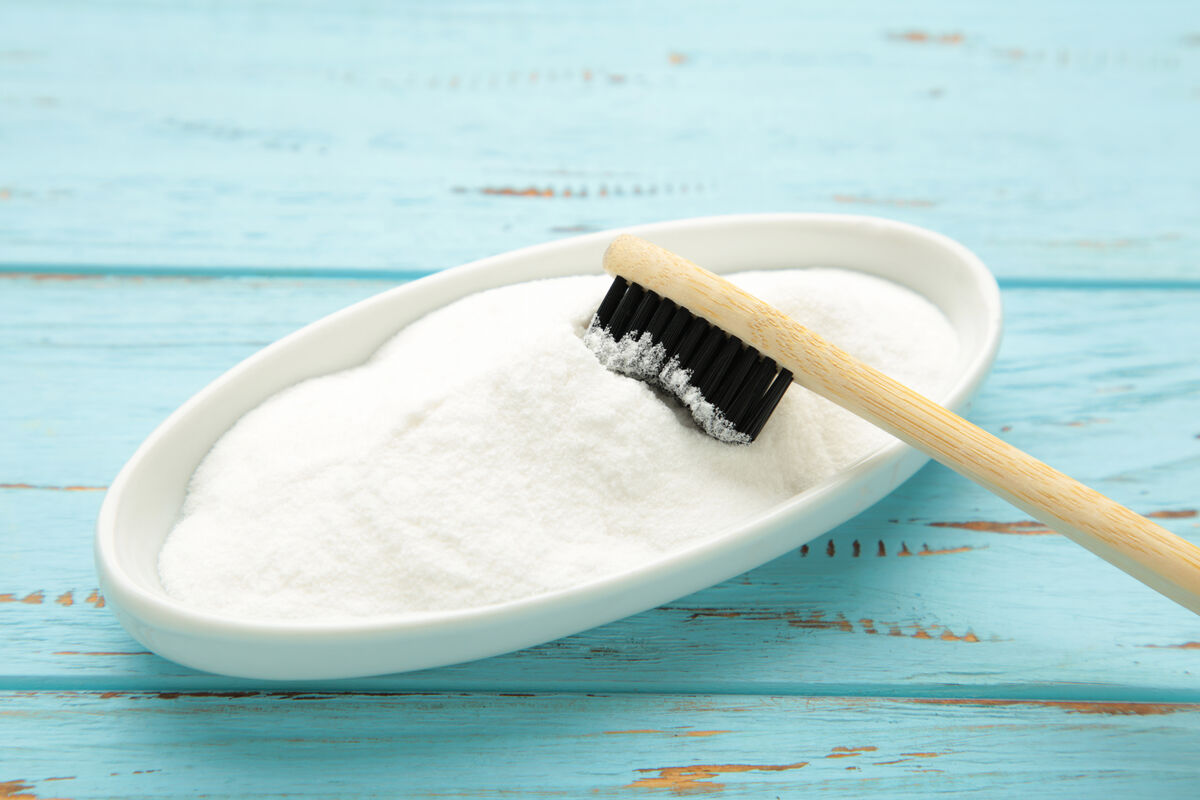Table of Contents

Baking Soda & Hydrogen Peroxide: An Effective Treatment for Periodontitis
A mixture of baking soda and hydrogen peroxide can be an effective adjunctive remedy for patients suffering from periodontal infections. **It is crucial that this treatment is only used under the supervision of a dental professional.**
These two antiseptic agents potentiate each other when combined, offering a powerful brushing solution to help combat periodontitis as part of a comprehensive treatment plan.
Indications for the Baking Soda/Hydrogen Peroxide Mix
Regular use of the baking soda and hydrogen peroxide mixture is reserved for patients diagnosed with periodontitis—an infection of the tissues supporting the teeth (gums, periodontal ligament, alveolar bone). Common symptoms of these conditions include:
- Bleeding gums
- Loose teeth
- Shifting teeth
- Halitosis (bad breath)
This home care regimen is typically prescribed by a dentist or periodontist as part of a comprehensive approach to managing periodontal disease, which includes professional cleanings like scaling and root planing.
How to Prepare and Apply the Mixture
To prepare the mixture, simply combine 3% hydrogen peroxide with baking soda to form a paste. The consistency should be similar to toothpaste. Here's how to proceed:
- Mix 3% hydrogen peroxide with baking soda until you get a paste-like consistency.
- Apply this paste to your toothbrush and interdental brushes.
- Carefully brush your teeth and the spaces between them with this mixture, typically twice a day, for the duration recommended by your periodontist.
Combining with an Antiseptic Mouthwash
The baking soda/hydrogen peroxide treatment is often combined with the use of an antiseptic mouthwash containing chlorhexidine.
This combination helps enhance the antibacterial action and promotes the healing of periodontal tissues.
Treatment Effects and Follow-Up Care
When periodontitis is active, the treatment may cause some discomfort during the first week. However, it generally becomes painless afterward.
If the patient is compliant and rigorously follows the brushing protocol, bleeding and halitosis will gradually disappear. A significant reduction in tooth mobility is also often observed.
After one to two months of this home care, the dentist or periodontist will perform a meticulous, non-aggressive removal of the tartar (calculus) that has accumulated above and below the gumline.
In Summary
- The baking soda/hydrogen peroxide mixture is reserved for patients suffering from diagnosed periodontitis and should be used under professional guidance.
- It is used like toothpaste, generally twice a day, until the end of the periodontal treatment phase.
- This home care is often combined with a chlorhexidine-based antiseptic mouthwash.
- When the patient is compliant, symptoms of periodontitis (bleeding, bad breath, mobility) progressively improve.
- After 1 to 2 months, the dentist or periodontist proceeds with tartar removal, which is often less painful due to the preparatory action of the mixture.
Frequently Asked Questions (FAQ)
Can this mixture be used for prevention?
No, this mixture is intended for the treatment of diagnosed periodontitis and should not be used for prevention in healthy patients. For prevention, regular brushing with a fluoride toothpaste and daily use of interdental brushes or floss are recommended, as advised by the American Dental Association (ADA).
What are the possible side effects?
The baking soda/hydrogen peroxide mixture is generally well-tolerated. However, some patients may experience temporary tooth sensitivity or gum irritation at the beginning of treatment. Overuse or using a concentration of hydrogen peroxide higher than 3% can damage soft tissues. If these effects persist or worsen, it is important to talk to your dentist or periodontist.
Can this mixture be used long-term?
The use of the baking soda/hydrogen peroxide mixture is generally limited to the duration of the active periodontal treatment, which can vary from a few weeks to several months depending on the severity of the condition. At the end of the treatment, your dentist or periodontist will advise whether you should continue using this mixture or if it is better to return to conventional brushing with a fluoride toothpaste.
